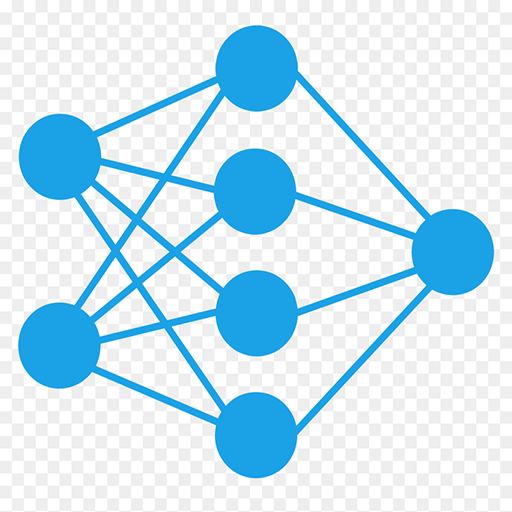Study of resonant microstrip antennas on artificial neural networks
Abstract
This paper presents a new model based on the backpropagation multilayered perception network to find accurately the bandwidth of both electrically thin and thick rectangular microstrip antennas. This proposed neural model does not require complicated Green's function methods and integral transformation techniques. The method can be used for a wide range of substrate thickness and permittivities and is useful for the computer-aided design of microstrip antennas. The results obtained by using this new method are in conformity with those reported elsewhere. This method may find wide applications in high-frequency printed antennas, especially at the millimeter-wave frequency range.
References
Uzunoglu, N.K., Alexopoulos, N.G. and Fikioris, J.G., 1979, Radiation properties of microstrip dipoles. IEEE Transactions on Antennas and Propagation, 27,853-858.
Vander Paw, L.J., 1977, The radiation of electromagnetic power by microstrip configurations. IEEE Transactions on Microwave Theory and Techniques, 25,719-725.
Perlmutter, P., Shtrikman, S. and Treves, D., 1985, Electric surface current model for the analysis of microstrip antennas with application to rectangular elements. IEEE Transactions on Antennas and Propagation, 33, 301-311.
Haykin, S., 1994, Neural Networks: A Comprehensive Foundation (Macmillan College Publishing Company, New York, USA), ISBN 0-02352761-7.
Pozar, D.M., 1983, Input impedance and mutual coupling of rectangular microstrip antennas. IEEE Transactions on Antennas and Propagation, 30, 1191-1196.

In submitting the manuscript to the International Journal on Integrated Education (IJIE), the authors certify that:
- They are authorized by their co-authors to enter into these arrangements.
- The work described has not been formally published before, except in the form of an abstract or as part of a published lecture, review, thesis, or overlay journal.
- That it is not under consideration for publication elsewhere,
- The publication has been approved by the author(s) and by responsible authorities – tacitly or explicitly – of the institutes where the work has been carried out.
- They secure the right to reproduce any material that has already been published or copyrighted elsewhere.
- They agree to the following license and copyright agreement.
License and Copyright Agreement
Authors who publish with International Journal on Integrated Education (IJIE) agree to the following terms:
Authors retain copyright and grant the International Journal on Integrated Education (IJIE) right of first publication with the work simultaneously licensed under Creative Commons Attribution License (CC BY 4.0) that allows others to share the work with an acknowledgment of the work's authorship and initial publication in this journal.





1.png)
